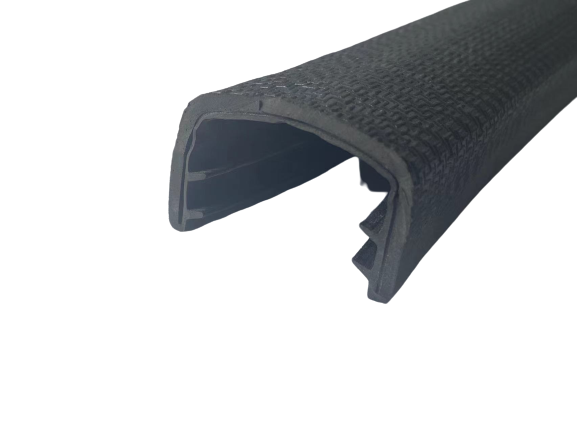Ліст . 24, 2024 03:12 Back to list
Types of Weather Stripping for Garage Door Bottom Seals Explained
Understanding Weather Stripping Garage Door Bottom Seal Types
When it comes to maintaining a comfortable, energy-efficient garage, one of the most important components is the garage door bottom seal. This seemingly small feature plays a critical role in protecting your garage from the elements, pests, and dust. By understanding the various types of weather stripping for garage door bottom seals, you can choose the best option for your needs. This article will explore the different types of garage door bottom seals, their materials, benefits, and installation tips.
Types of Garage Door Bottom Seals
1. T-Style Seal The T-style seal is one of the most common types of garage door bottom seals. It features a T-shaped design that fits snugly into the bottom of the garage door. This design allows for a tight seal against the floor, effectively preventing drafts and moisture from entering the garage. T-style seals are typically made from durable rubber or vinyl, ensuring longevity and resistance to wear.
2. U-Style Seal The U-style seal, similar to the T-style, features a design that fits beneath the garage door. However, it has a U-shape that allows it to compress against the floor, creating a reliable barrier against water and air leaks. This type of seal is especially effective in regions prone to heavy rain, as it helps to keep excess moisture out.
3. Finned Seal Finned seals feature a series of small fins or ridges along the bottom edge. These fins help to create additional contact points with the floor, enhancing the seal's ability to block air and moisture. Finned seals are particularly useful for garages that experience varying temperatures since they provide extra insulation.
4. Flat Seal Flat seals are the simplest type, consisting of a straight strip of material that adheres to the bottom of the garage door. While they are easy to install and cost-effective, flat seals may not offer the same level of protection as T-style or U-style seals. They are generally best suited for garage doors that do not have significant gaps at the bottom.
5. Brush Seal A brush seal features bristles that help to block small openings. This type of seal is effective in minimizing the entry of dust, dirt, and small pests. Brush seals can be particularly advantageous for garage doors that face high-traffic areas or where small animals may be a concern.
weather stripping garage door bottom seal types

Materials Used in Garage Door Bottom Seals
Garage door bottom seals are made from a variety of materials, each with its own advantages
- Rubber Durable and flexible, rubber seals provide an excellent barrier against moisture and drafts. They are resistant to tearing and UV damage, making them suitable for outdoor use. - Vinyl Vinyl seals are often more affordable than rubber but still offer reasonable weather resistance. They may not have the same longevity as rubber but can be an economical option for those on a budget. - Polyurethane This material is often used in higher-end seals as it offers superior insulation properties. Polyurethane seals are ideal for garages that serve as workshops or living spaces since they help maintain a stable internal temperature.
Installation Tips
Installing a garage door bottom seal is a relatively simple process that can make a significant difference in your garage's comfort and energy efficiency. Here are some tips
1. Measure Accurately Measure the width of your garage door to ensure you purchase the correct length of seal. 2. Clean the Surface Before installation, clean the bottom of the garage door and the floor to ensure a good adhesive bond. 3. Cut to Size If needed, cut the seal to fit the door, ensuring a snug fit without any gaps. 4. Secure it Properly Follow the manufacturer's instructions for attaching the seal, whether it’s adhesive, screws, or a track system.
Conclusion
Choosing the right type of weather stripping for your garage door bottom seal is an essential step in maintaining your garage's integrity and comfort. By understanding the different types available and their respective materials, you can make an informed decision that enhances your garage's protection against the elements. Whether you opt for a T-style, U-style, or any other type of seal, proper installation will ensure your garage remains a clean, safe space for years to come.




